Pop-up card of World Heritage in Mozambique
“Mozambique Island" is a world heritage site in the Republic of Mozambique.
The island has been used as a trading hub since the 8th century. In the 16th century the Portuguese settled and they had been built fortresses, cathedrals and palaces.
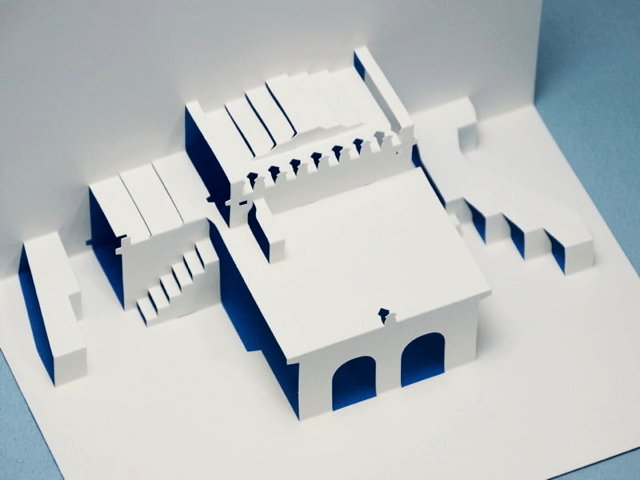
The model of above pop-up card is the Chapel of Nossa Senhora de Baluarte on the Island of Mozambique. Built in 1522, the chapel is said to be the oldest European building in the Southern Hemisphere.
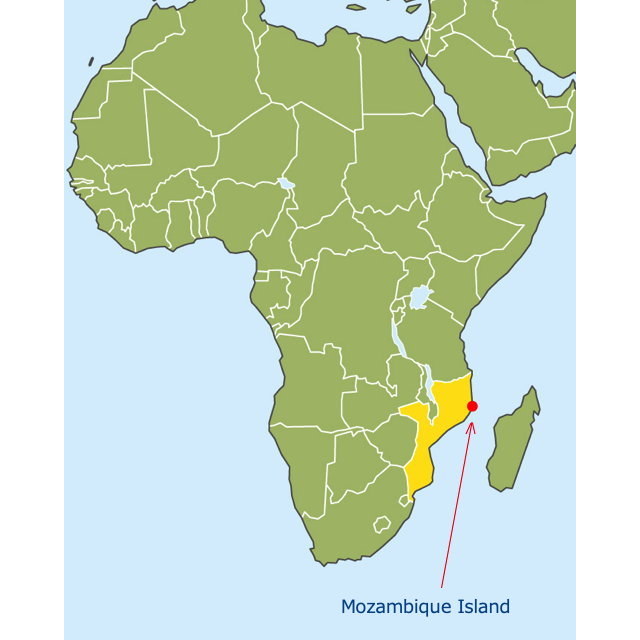
In 1498, Vasco da Gama of Portugal traveled around the Cape of Good Hope to Mozambique.
Portugal pioneered the Indian route, and advanced into also Mozambique.
The first fortress was built in 1507 and had a garrison stationed there. Merchant ships from Europe to India stopped at the island of Mozambique to be resupplied and to have their ships repaired.
In 1558, construction of the Fort San Sebastian began, and from 1585 the troops were stationed there. The fort still remains today.
From 1607 to 1608, the island of Mozambique was invaded by the Netherlands. It withstood the attack, but many facilities were destroyed on the island.
For example, the Basilica of Misericordia, which was destroyed at this time, was rebuilt in 1702, but the mausoleum inside the church was also destroyed, and the restoration was completed in 1936.
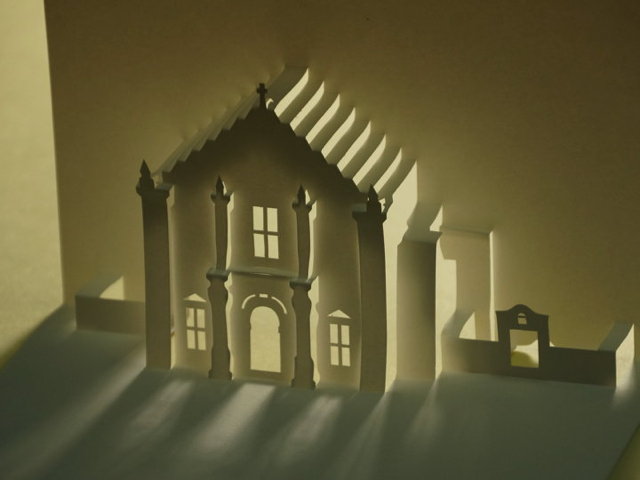
The model in this pop-up card is the Santo Antonio Church. I read an article that it was founded in the 16th century (or 17th century?). And it was rebuilt in the latter half of the 18th century and the first half of the 19th century, twice. The current building seems to have been restored and rebuilt in 1969.
(About this paragraph, I referred to the architectural heritage site “SIPA" operated by the Ministry of Culture of Portugal, but I am not sure if it is accurate because I just browsed it by machine translation.)
The period from 1750 to 1840 was the time when the slave trade took place. In 1762, the island left the control of Governor Gore and became a colony under the direct control of Portugal.
As Mozambique became the capital of Portuguese East Africa in 1810, migration from the continent increased. However, the opening of the Suez Canal in 1869 affected open-sea trade, and the island’s economy declined. In 1898 it was decided to relocate the capital to Lourenço Marques (now Maputo) on the continent.
In 1947, a port was built in Nacala, about 50km north of the island, which had a devastating impact on the island’s economy. In 1967, a bridge connecting the continent was built to prevent the island from becoming isolated, but it seems that this also caused the outflow of residents.
In 1975, Mozambique became independent of Portugal, but the civil war continued for 16 years and the land was devastated. It was very difficult to protect cultural properties on our own.
Mozambique Island was registered as a World Heritage Site in 1991, and the movement to protect cultural properties has just begun at the end of the civil war in 1992.
The Government of Japan has been cooperating in the restoration of the San Sebastian Fortress since 2008.
This time, I released the pattern of the Santo Antonio Church. Please have a look if you like.
[Reference (Japanese)]
“UNESCO World Heritage Site 12 (Central / South Africa)" Kodansha
“Steps to Regeneration of Fort San Sebastian, Island of Mozambique" United Nations Educational, Scientific and Cultural Organization (UNESCO)
(Translated : 2021.03.06)

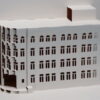




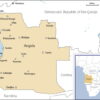
Recent Comments